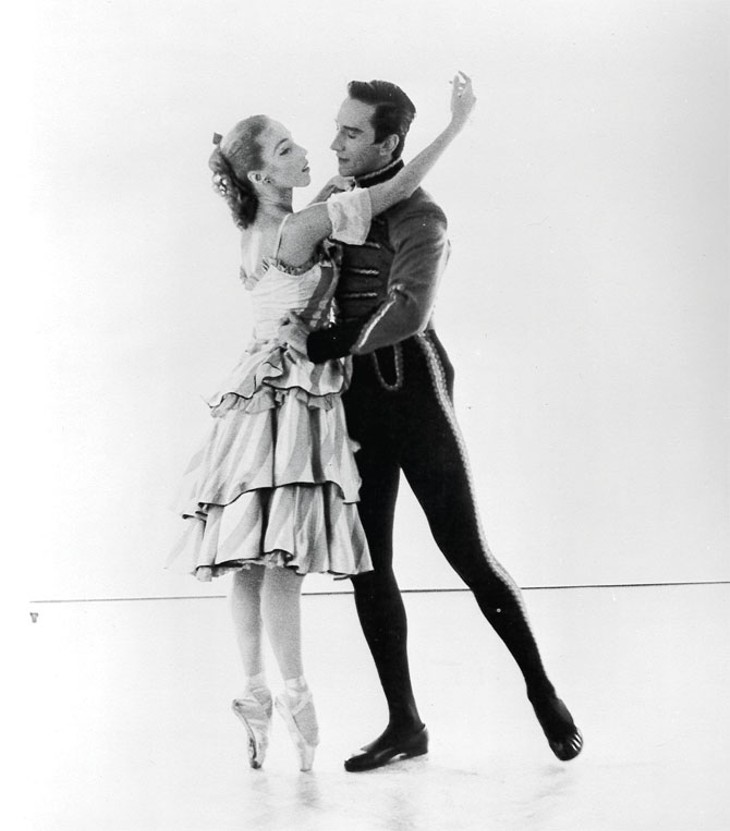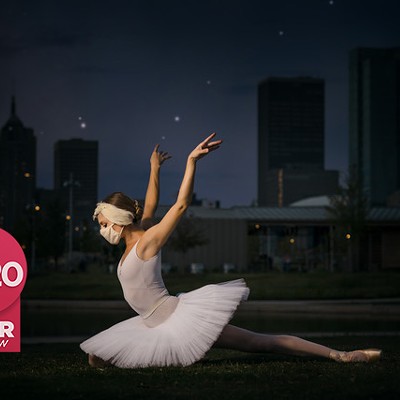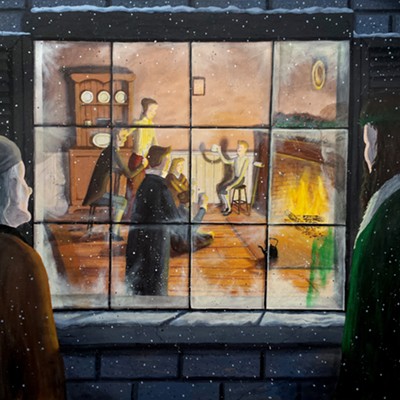Jan. 24 saw the passing of Yvonne Chouteau, a legend in 20th century ballet and one of the Native American prima ballerinas from Oklahoma known as the Five Moons. Along with her late husband Miguel Terekhov, she founded The University of Oklahoma’s School of Dance. Chouteau died of heart failure at 86 years old.
“It is with great regard that I look back at Yvonne Chouteau and everything she did to bring the art of ballet to Oklahoma,” said Robert Mills, artistic director of Oklahoma City Ballet. “Were it not for her, we would not be able to do what we love here at Oklahoma City Ballet. Her legacy lives on through us and everyone she has influenced in her life. We are forever indebted to her.”
Chouteau was born in Fort Worth, Texas, and grew up in Vinita, Oklahoma. Her heritage was Shawnee, Cherokee and French; she was a descendant of Jean-Pierre Chouteau, a prominent fur merchant, slave owner and US Indian agent under President Thomas Jefferson.
Chouteau began dancing when she was 2 years old and was inspired to devote her life to dance after she saw an Oklahoma City performance by Alexandra Danilova, the prima ballerina who defected from Imperial Russian Ballet with legendary choreographer George Balanchine. At the age of 12, Chouteau was given a scholarship to study at Balanchine’s School of American Ballet. Danilova herself recommended Chouteau for the Ballet Russe de Monte Carlo in 1943, where she was the youngest member ever accepted, at the age of 14. There, she soon began dancing major roles in productions of The Nutcracker, Paquita, Raymonda and Pas de Quatre.
In 1947, at the age of 18, Chouteau was the youngest person ever (and the first under the age of 50) to be inducted into the Oklahoma Hall of Fame.
While dancing in Ballet Russe, Chouteau met and married Uruguayan-born dancer Miguel Terekhov in 1956. She left the company the next year when she became pregnant. By the early 1960s, they had two daughters and settled down in Oklahoma City, where they helped organize Oklahoma City Civic Ballet (now Oklahoma City Ballet) and founded the school of dance at the University of Oklahoma, the first accredited university dance program in the country.
Bronze moons
Chouteau is best remembered by the general public as one of the Five Moons, the Native American prima Ballerinas born in Oklahoma who danced with the Ballet Russe companies during World War II, along with Rosella Hightower (Choctaw), Moscelyne Larkin (Peoria/Shawnee) and sisters Maria and Marjorie Tallchief (Osage). Marjorie Tallchief is now the sole surviving member of the group.The term the Five Moons comes from native composer Louis Ballard Sr.’s ballet The Four Moons, in which four of the ballerinas (excluding Maria Tallchief) performed during the Second Oklahoma Indian Ballerina Festival in 1967 at Civic Center Music Hall in Oklahoma City.
The ballet, written specifically for the ballerinas to honor their individual cultures, consisted of four solos that drew upon and evoked the tribal heritage of the dancers; the Osage solo is dedicated to both Tallchief sisters.
“My soul came to life in my variation in The Four Moons, which depicted the struggle of the Cherokee people driven out to Oklahoma, and the pathos of my heritage, but I survived at the end, and that has been the story of my life,’’ Chouteau told The New York Times in 1982.
Of course, the ballerinas have been an inspiration to their tribes, the state and the Indian people in general as they became major figures in the world of ballet at a time when Russian dancers dominated the field. Oklahoma City and Tulsa’s ballet companies were started by two of the dancers.
One of the last paintings by highly influential Muscogee Creek/Seminole artist Jerome Tiger depicts The Four Moons; it was used on the program for the 1967 ballet performance. “Flight of the Spirit” by Chickasaw artist Mike Larsen is a mural in the Oklahoma State Capitol rotunda that depicts the five ballerinas. The piece went on to inspire Tulsa sculpturer Monte English to design five life-size bronze works honoring the ballerinas. (English died after completing only two of the pieces; the rest were realized by Gary Henson.) The bronze sculptures can be seen at the Tulsa Historical Society.
Georgia Snoke is Tulsa Ballet’s board president emeritus. When contacted by Oklahoma Gazette, she noted the work Chouteau and Terekhov did with Moscelyne Larkin, who founded Tulsa Civic Ballet (now Tulsa Ballet) along with her husband Roman Jasinski in 1956.
“Yvonne and her husband, Miguel Terekhov, assisted the Jasinskis in many of the early Tulsa Civic Ballet efforts. They set ballets in Tulsa, participated in the two Oklahoma Indian Ballerina Festivals and danced in Tulsa as guest artists while organizing their own civic ballet in Oklahoma City,” Snoke said. “Miss Larkin always extolled the unique gentleness, purity and spirituality of Yvonne’s dancing — characteristic of her life both on and off the stage. Tulsa Ballet has lost a treasured friend.”
Chouteau is survived by her two daughters, Elizabeth A. Impallomeni and Christina Conway, and two grandsons.
https://youtu.be/AUWarJZcr2E
Print headline: Ballet legacy, Without Yvonne Chouteau, one of Oklahoma’s five Native American prima ballerinas, dance in the metro wouldn’t exist as it does today.













